Eco-friendly even in outer space. 🛰️
A Japanese forestry firm has partnered with Kyoto University in what would be a world first.
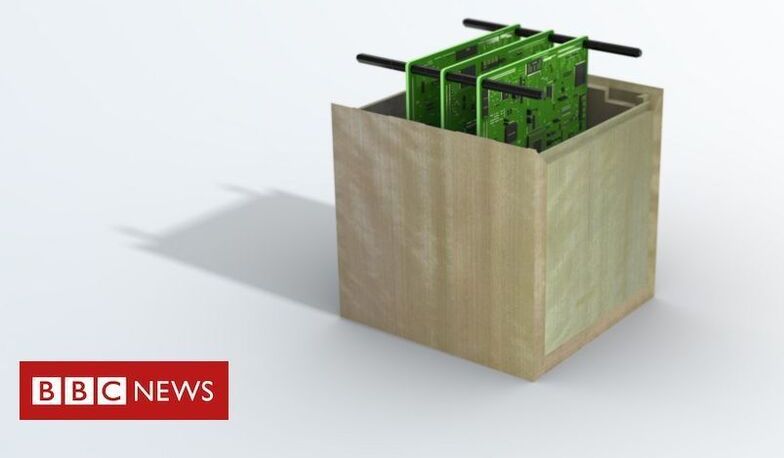
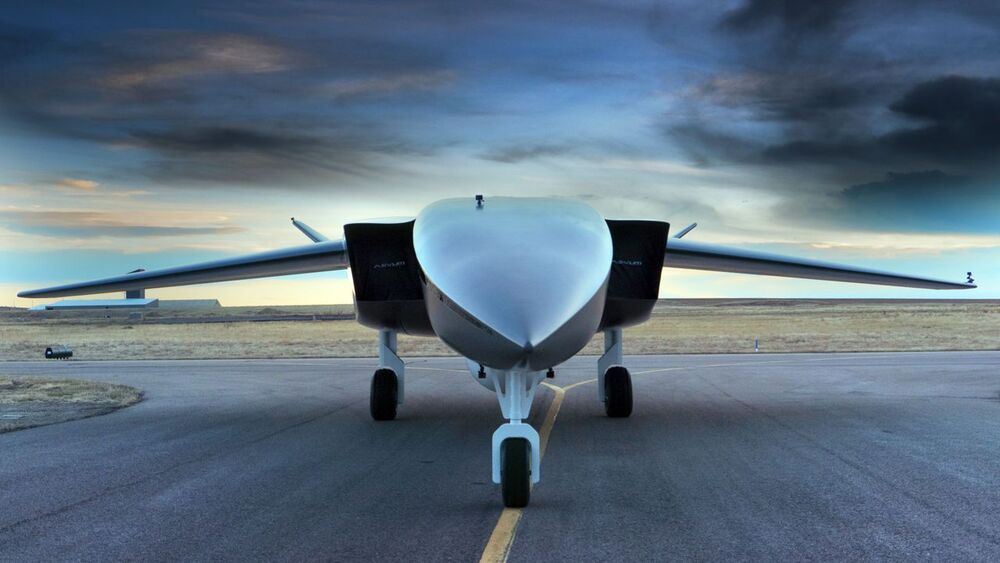
In the past twenty years, one of the biggest developments to take place in the realm of space exploration has been the growth of the commercial space industry (aka. NewSpace). As a result of growing demand and declining costs, more companies are coming to the fore to offer launch services that are making space more accessible and cost-effective.
One such company is the space delivery services company Aevum, an Alabama-based startup specializing in Autonomous Launch Vehicles (AuLVs). On Dec. 3rd, 2020, Aevum unveiled their prototype vehicle, the RAVN-X. Once operational, this autonomous suborbital spaceplane will be able to send satellites and other small payloads to Low Earth Orbit (LEO) in just three hours.
The term Aevum (derived from the Latin word for age) comes from the Scholastic philosophy of the Middle Ages. Basically, it refers to the state of existence experienced by the angles, between the temporal realm (where the mortals live) and eternity (God in heaven). In the context of aerospace, it refers to LEO, the region that lies between Earth and outer space.

Updated Dec. 17 with State Department statement
WASHINGTON — Russia on Dec. 15 conducted a ballistic missile test that U.S. Space Command condemned as a threat to satellites in orbit.
“The nation must do something about this,” said Lt. Gen. Nina Armagno, director of staff of the Office of the Chief of Space Operations of the U.S. Space Force.
To provide internet to the one million people the firm will send to colonize the Red Planet…
SpaceX recently shared an ambitious plan to build a Starlink satellite constellation around Mars. The devices would allow the human who move to the Red Planet communicate.
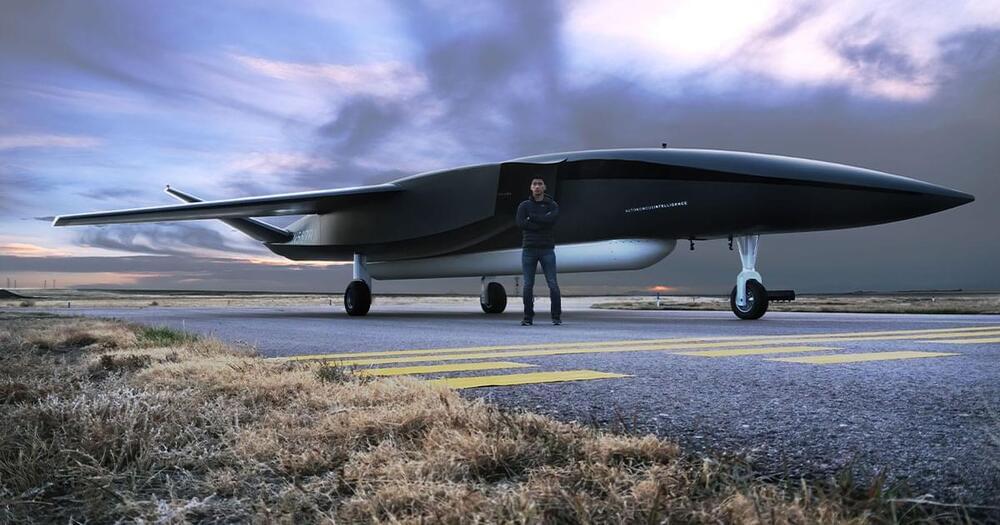
Go big or go home. This Alabama-based start-up just unveiled the biggest drone in the world — and it looks sublime. The massive drone, called the Ravn X, is designed to launch small satellites into orbit while airborne.
Aevum — the space startup — has worked mainly in the background, until yesterday when they unveiled their gigantic autonomous drone.
They built the high-altitude aircraft and launch vehicle to ferry satellites to orbit and improve space access — similar goals to space-tech leaders like Virgin Orbit, Rocket Lab, and SpaceX. But if you want to get ahead of the competition and can’t be the first, why not be the biggest?
This missile system is designed to reach up and smash enemy satellites in orbit.
Russia has carried out another test of its new PL19 Nudol anti-satellite weapon system, a ground-launched missile designed to destroy satellites stationed in low-Earth orbit in order to deny their use by Russia’s enemies.
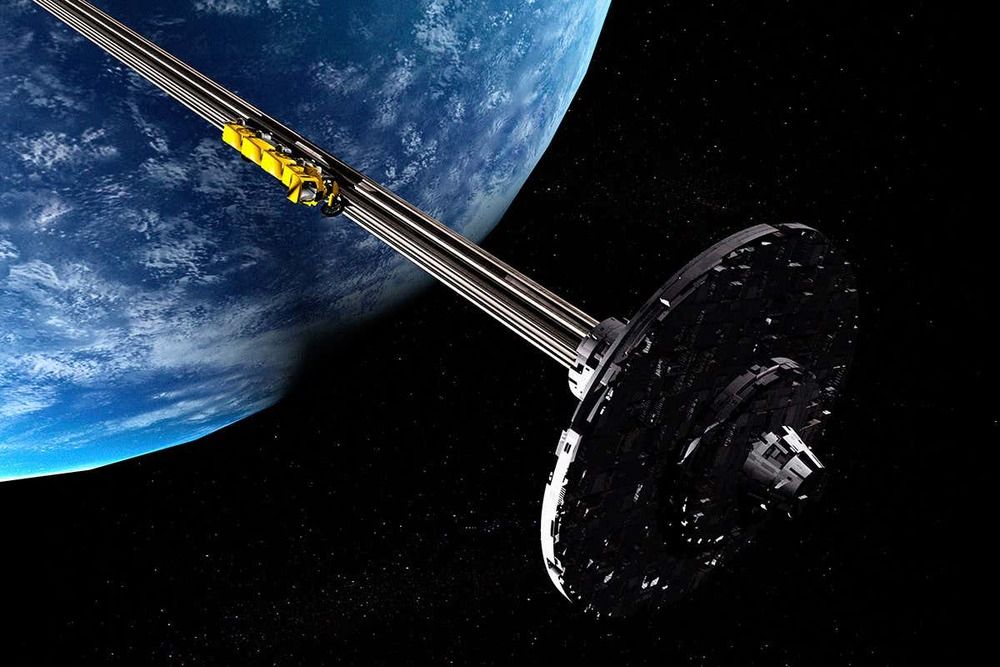

Given the possibility of orbital debris, space warfare will be different from what we imagine it to be (from Star Wars and Call of Duty). Watch this video to find out what it will look like!
*Note: I spelled the word “deficit” wrong in my subtitles. Guess I was too sleepy.
Space warfare is often depicted as battleships and marines fighting each other. Yet, in this video, I will talk about how the future of space warfare has more to do with satellites, orbital debris, and cyber warfare.
Discord Link: https://discord.gg/brYJDEr.
Patreon link: https://www.patreon.com/TheFuturistTom.
Please follow our instagram at: https://www.instagram.com/the_futurist_tom.
For business inquires, please contact [email protected].
Editor credits (Velinix):
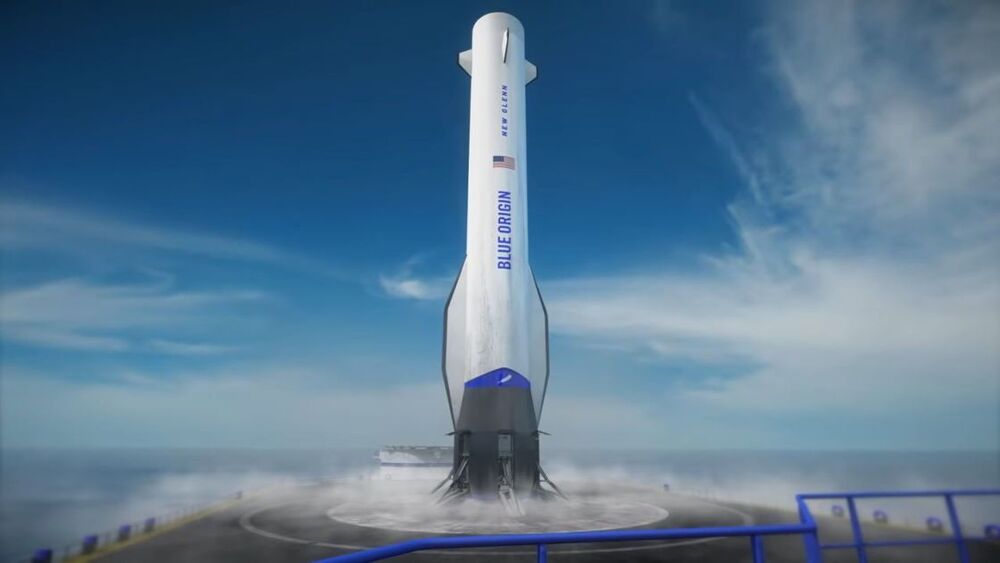
NASA ability to launch cargo and humans into space has become much easier private companies got involved, and now another American company has been approved by the agency to handle its space deliveries.
This week, Jeff Bezos’ company Blue Origin was awarded a NASA Launch Services (NLS) II contract. It means Blue Origin’s New Glenn reusable launch service can and will be used for a range of missions, including launches for planetary, Earth observation, exploration, and scientific satellites.